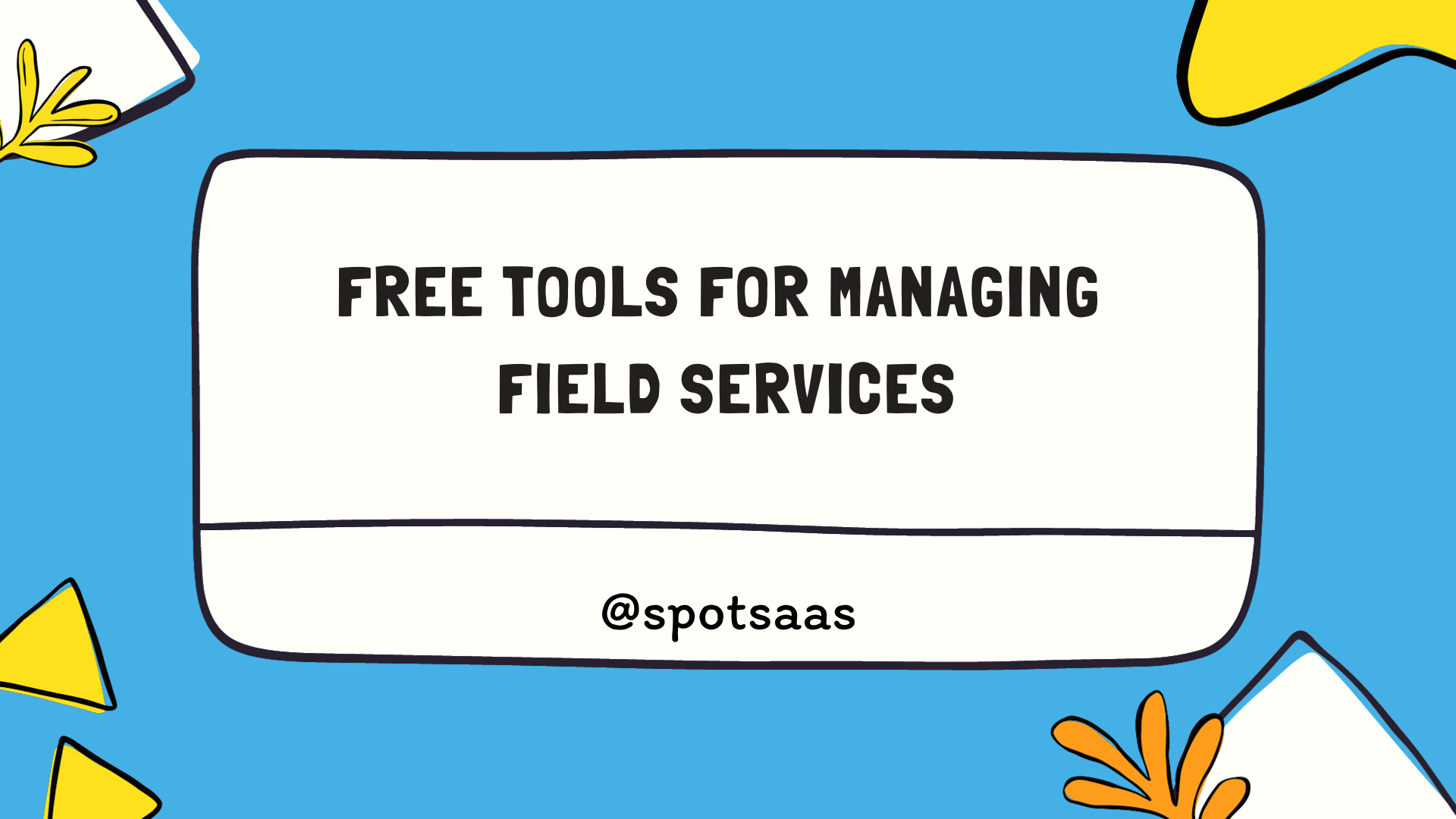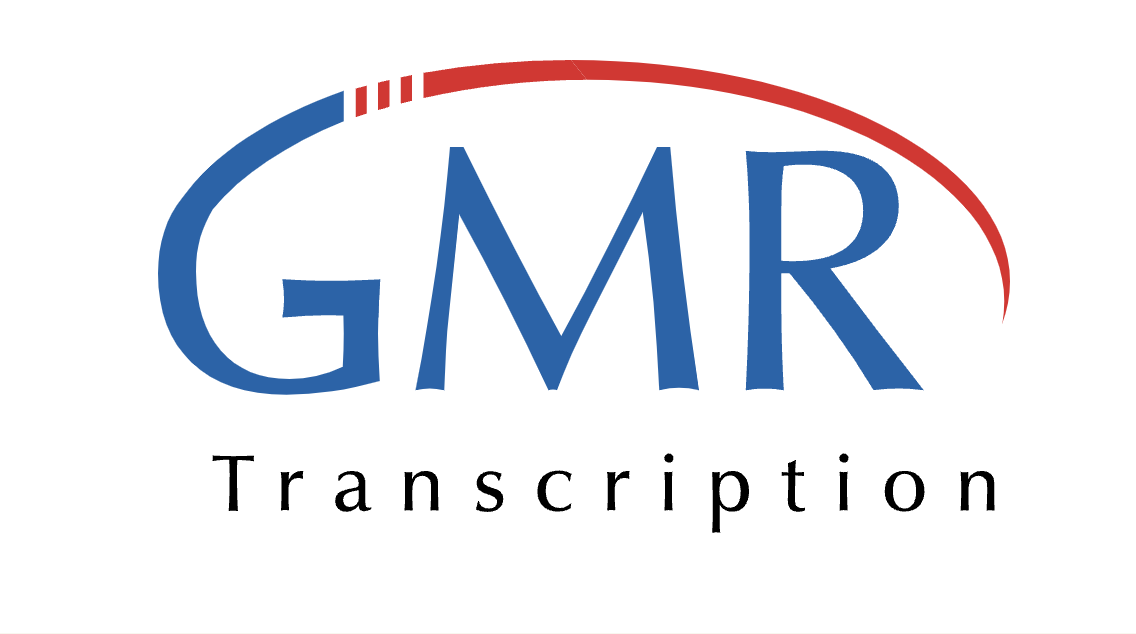Choosing the best facility management software can seem like a daunting task, as there are countless options available. Facility management solutions now dominate the business sector, with an array of systems dedicated to optimizing physical asset and space utilization.
This blog will simplify your decision by detailing what facilities management software is, its benefits, key features to look for and crucial factors when selecting suitable software.
Ready to level up your facility operations? Let’s dive in!
What is Facility Management Software?
Facility management software, also known as FM software, is a powerful tool that helps organizations streamline their operations and effectively manage their facilities. It encompasses a range of applications and technologies designed to support facility management tasks, such as asset management, maintenance management, space utilization, work order management, preventive maintenance scheduling, and more.
By leveraging facility management software, businesses can improve productivity, reduce costs, enhance collaboration among teams, and ensure optimal use of resources.
Primary benefits
You get many good things from facility management software. Here are some:
| Benefits of Using Productivity Software | Description |
|---|---|
| Less work | These tools make your tasks easy. |
| Save time | It helps you do things faster. |
| Avoid errors | The software keeps you from making mistakes. |
| Keep track of things | The program helps you know where everything is. |
| Plan better | You can use it to plan your work ahead. |
| Save money | Using it can help cut costs. |
| Improve service | By being more organized, you can serve others better. |
| Stay safe | Tools like these let you manage risks and keep safe. |
Implementation goals
You need to keep some goals in mind when you start using facility management software. These are the main ones:
| Facility Management Software and Their Functions | Functions |
|---|---|
| The software should make work easier. | It must help you keep track of all your assets. |
| You want a software tool that lets you plan out your space well. | This is where space management software comes in handy. |
| The software needs to help with fixing things at the right time. | That’s the job of preventive maintenance software. |
| Orders for work should be managed well by the tool too. | For this, look for good work order management solutions. |
| Some tools help manage whole buildings or properties and need to do it well. | |
| Managing equipment is another goal for facility management systems. | |
| The tool should also aid in planning out how facilities are run and used. |
Understanding the Different Types of Facility Management Software
Facility management software can be categorized into various types, including Facility Management (FM), Computer-Aided Facility Management (CAFM), and Computerized Maintenance Management Software (CMMS).
Each type serves different purposes and offers unique features to help streamline facility operations.
Facility Management
Facility management software is a powerful tool that helps streamline and improve the management of physical assets and facilities. It offers various features such as asset management, maintenance planning, work order management, space utilization tracking, and more.
By using facility management software, businesses can enhance productivity, reduce costs, and ensure efficient operations. Some popular facility management software options include Facilio, Brightly Asset Essentials, eFACiLiTY, QuickFMS, Hippo CMMS, and AkitaBox.
These solutions are designed to be user-friendly and provide real-time insights for better decision-making. When choosing facility management software for your company or beyond, it is important to consider factors like current trends in the industry, cost considerations, compatibility with existing systems/processes, and support provided by vendors.
CAFM
CAFM stands for Computer-Aided Facility Management. It is a type of facility management software that uses technology to help companies manage their facilities more efficiently. With CAFM, businesses can track and monitor various aspects of their facilities, such as maintenance, space utilization, and work orders.
This software allows users to have a centralized system where they can access real-time data about their facilities. Some key features of CAFM include asset management, space planning, preventive maintenance scheduling, and reporting capabilities.
By using CAFM software, businesses can streamline their facility management processes and improve overall operations.
CMMS
CMMS stands for Computerized Maintenance Management System, and it is a type of facility management software that focuses specifically on managing maintenance activities. With CMMS, you can track and schedule maintenance tasks, manage work orders, and keep an organized record of equipment and asset information.
It helps streamline the maintenance process by automating workflows, reducing downtime, and improving overall efficiency. Some popular CMMS software options include Hippo CMMS, UpKeep, eMaint, and LLumin’s CMMS+.
These tools are designed to make maintenance management easier and more effective for businesses in various industries.
Key Features to Look for in Facility Management Software
When choosing facility management software, it’s important to consider key features that can streamline your operations and improve efficiency. From basic functions like asset and work order management to advanced capabilities such as space utilization and preventive maintenance, these features are crucial for managing your facilities effectively.
Click here to explore the essential features you should look for in facility management software.
Basic features
Facility management software has some basic features that are important for your company. Here are the key features to look for:
| Facility Management Software Features | Description |
|---|---|
| Asset management | Helps track and manage physical assets, such as equipment and buildings. |
| Maintenance management | Allows you to schedule and track maintenance tasks, ensuring timely repairs. |
| Work order management | Helps create, assign, and track work orders for facility maintenance. |
| Space management | Enables you to optimize space utilization by tracking occupancy, room layouts, and allocations. |
| Preventive maintenance | Helps prevent breakdowns by scheduling regular maintenance tasks. |
Advanced features
Facility management software often comes with advanced features that can greatly enhance your operations. Here are some top-notch features to consider:
| Facility Management Software Features | Description |
|---|---|
| Integration capabilities | Seamless integration with other systems and tools, such as accounting or procurement software. |
| Mobile accessibility | Availability of a mobile app or responsive design for on-the-go access using smartphones or tablets. |
| Analytics and reporting | Advanced reporting tools for gaining insights, tracking KPIs, and making data-driven decisions. |
| Internet of Things (IoT) integration | Integration with IoT devices and sensors for real-time monitoring of assets and facilities. |
| Predictive maintenance | AI or machine learning-based predictive maintenance to schedule maintenance activities proactively. |
| Energy management | Optimizing energy usage, reducing costs, and improving sustainability through energy consumption monitoring. |
| Space planning and utilization | Efficiently planning layouts, allocating resources, and optimizing space utilization. |
| Vendor management | Streamlining vendor communication, contract management, and performance tracking with external service providers. |
Factors to Consider When Choosing Facility Management Software
When choosing facility management software, there are several factors to consider that can help you make an informed decision. From current trends and cost considerations to comparing different software options, these factors will ensure you choose the best solution for your facility management needs.
Read on to learn more about what to take into account when selecting facility management software.
Current and upcoming trends
Facility management software is constantly evolving to meet the changing needs of businesses. One current trend is the integration of artificial intelligence (AI) and machine learning into these systems.
AI can help automate routine tasks, such as scheduling maintenance or generating reports, saving time and improving efficiency. Another trend is the adoption of cloud-based solutions, which allow for easy access to data from any location and reduce reliance on on-premise servers.
Mobile accessibility is also becoming increasingly important, with more software options offering mobile apps for facility managers who need to access information while on the go. Lastly, sustainability and energy management features are gaining prominence in facility management software, as companies seek to reduce their environmental footprint and optimize resource usage.
Upcoming trends in facility management software include the use of Internet of Things (IoT) technology to connect various sensors and devices within a facility network. This will enable real-time monitoring of assets, predictive maintenance based on data analytics, and improved energy efficiency through automation.
Additionally, there will be an increased focus on user-friendly interfaces and intuitive design to enhance user experience and simplify system navigation. Integration with other business systems such as ERP or HR platforms may also become more common to streamline processes across departments.
Software comparison strategies
When choosing the best facility management software, it’s crucial to compare various options before making a decision. Here are some effective software comparison strategies:
| Software Comparison Strategies | Description |
|---|---|
| Identify Key Features | Start by identifying the key features that your organization needs. These could include asset tracking, work order management, preventive maintenance scheduling, or reporting capabilities. |
| Evaluate User Interface | A software’s user interface can greatly impact its usability. Look for software with intuitive and user-friendly interfaces. |
| Consider Scalability | Choose a facility management software that can grow with your business. The software should be able to handle increased data volume and additional users as your organization grows. |
| Check for Integration Capabilities | Look for software that can integrate with your existing systems. This will ensure seamless data transfer and improve operational efficiency. |
| Read User Reviews | Reading reviews from actual users can provide valuable insights into the software’s performance and reliability. Take note of software like Facilio, Brightly Asset Essentials, eFACiLiTY, which have been positively reviewed by numerous users. |
| Assess Vendor Support | Good vendor support can make all the difference, especially during the software implementation process. Check if the vendor offers support services, such as training and technical assistance. |
Remember, the aim is not to choose the most popular software but to select the one that best meets your specific business needs. The selection process may take time, but it’s an investment that will certainly pay off in the long run.
Cost and pricing considerations
When evaluating options for facility management software, one of the key factors to take into account is the cost and pricing models offered by different vendors. It’s important to note that the cost of these software solutions can vary greatly depending on the features included, the number of users, and the level of service provided.
| Software | Price Range | Key Features | Pricing Model |
|---|---|---|---|
| Facilio | Mid-range | Real-time operations, predictive maintenance | Subscription-based |
| Brightly Asset Essentials | High-end | Asset tracking, work order management | Per user license |
| eFACiLiTY | Mid-range | Space management, energy analytics | Subscription-based |
| QuickFMS | Low-end | Space management, visitor management | Perpetual license |
| Hippo CMMS | Mid-range | Maintenance management, inventory management | Subscription-based |
| AkitaBox | High-end | Data-driven maintenance, facility condition assessment | Subscription-based |
| FMX | Mid-range | Facilities scheduling, preventative maintenance | Per user license |
| IBM Tririga | High-end | Real estate management, space optimization | Perpetual license |
| eMaint | Low-end | Work order management, inventory management | Subscription-based |
| UpKeep | Mid-range | Asset tracking, preventative maintenance | Per user license |
| MaintainX | Low-end | Work order management, document management | Subscription-based |
| LLumin’s CMMS+ | High-end | Compliance management, inventory management | Perpetual license |
It’s also worth considering whether the software offers a free trial or free version to test its capabilities before committing to a paid plan. Moreover, the total cost of ownership, including setup, training, and ongoing support fees, should be taken into account.
Questions to ask yourself
To choose the best facility management software, ask yourself:
- What are your specific facility management needs and goals?
- What features and functionalities are essential for your organization?
- How user-friendly is the software? Can your team easily navigate and utilize it?
- Is the software scalable and able to accommodate future growth?
- Does it integrate well with your existing systems and technologies?
- What level of support and training does the software provider offer?
- Does the software align with your budget and financial constraints?
- Have you considered the security measures and data protection protocols of the software?
- Are there any specific industry standards or compliance requirements that need to be met?
Questions to ask vendors
- What are the key features and functionalities of your facility management software?
- Is your software cloud-based or on-premise?
- Can your software integrate with our existing systems and databases?
- How scalable is your software? Can it accommodate our future growth?
- What level of customer support do you offer, and how responsive are you to customer inquiries or issues?
- How secure is your software and what measures do you have in place to protect sensitive data?
- Can you provide references from other companies that have successfully implemented your facility management software?
- Are there any additional modules or add-ons available for specialized functionality?
- What is the implementation process like, and how long does it typically take to get up and running with your software?
- What are the costs associated with purchasing, implementing, and maintaining your facility management software?
Conclusion
Choosing the best facility management software doesn’t have to be overwhelming. By considering your current and future needs, comparing different options, and asking the right questions, you can find a solution that fits your business perfectly.
Look for features like asset management, work order management, and preventive maintenance software to streamline your operations. Don’t forget to take cost and customer reviews into account.
With careful research and evaluation, you’ll be able to select the right facility management software for your company’s success in the coming year.



